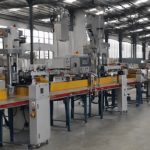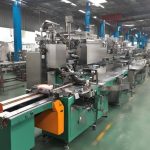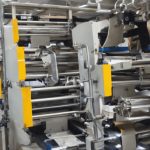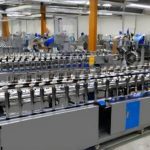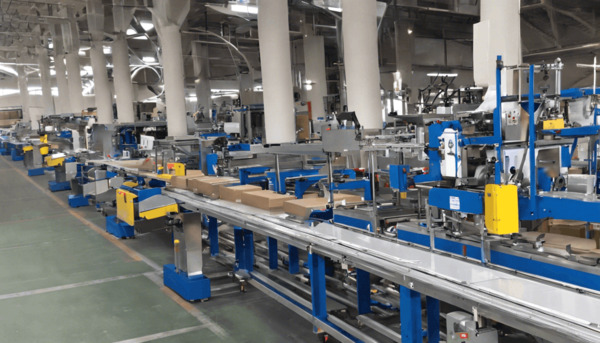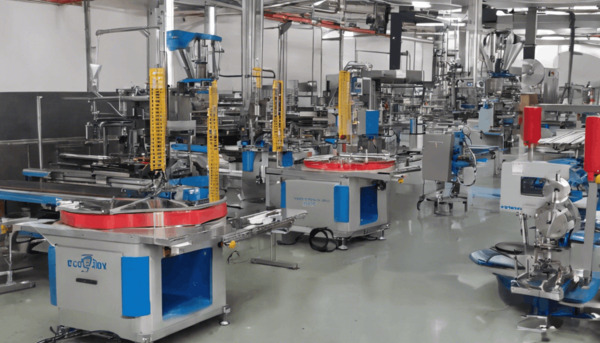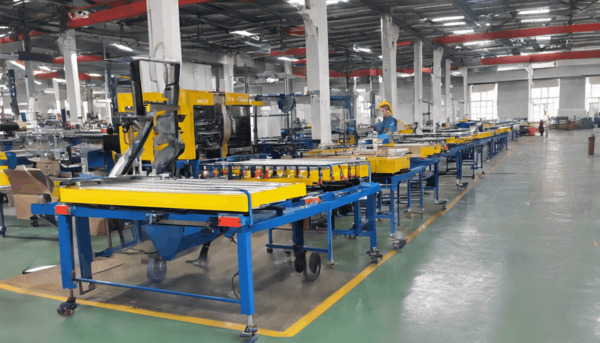
Introduction to Automatic Capsule Filling Machines
Automatic capsule filling machines are essential equipment in the pharmaceutical industry, designed to fill empty capsules with precise quantities of pharmaceutical ingredients. These machines are highly efficient and capable of producing large volumes of filled capsules with high accuracy and consistency. Understanding how these machines work is crucial for anyone involved in pharmaceutical manufacturing or related fields.
Components of an Automatic Capsule Filling Machine
An automatic capsule filling machine consists of several key components that work together to achieve the filling process. These components include:
1. Capsule Hopper
The capsule hopper is where empty capsules are stored before they are fed into the machine. The hopper is designed to hold a large number of capsules, ensuring a continuous supply during the filling process.
2. Capsule Feeding Unit
This unit is responsible for feeding the empty capsules into the machine. It ensures that the capsules are oriented correctly, with the cap and body separated, ready for filling.
3. Powder Hopper
The powder hopper holds the pharmaceutical powder or granules that will be filled into the capsules. It is equipped with a stirring mechanism to prevent the powder from clumping and ensure a consistent flow.
4. Dosing System
The dosing system measures the exact amount of powder required for each capsule. This system is crucial for maintaining dosage accuracy and can be adjusted to accommodate different capsule sizes and fill weights.
5. Filling Station
At the filling station, the measured dose of powder is transferred into the body of the capsule. The machine ensures that each capsule receives the correct amount of powder, minimizing waste and ensuring consistency.
6. Capsule Closing Station
Once filled, the capsules are moved to the closing station, where the cap is placed back onto the body of the capsule. This station ensures that the capsules are securely closed, preventing any leakage of the contents.
7. Ejection and Sorting
After closing, the filled capsules are ejected from the machine and sorted for quality control. Any capsules that do not meet the required standards are automatically rejected.
Working Principle of Automatic Capsule Filling Machines
The operation of an automatic capsule filling machine involves several synchronized steps that ensure efficient and accurate filling of capsules. Here is a step-by-step explanation of the process:
Step 1: Capsule Feeding and Separation
Empty capsules are fed from the capsule hopper into the capsule feeding unit. The machine separates the capsule caps from the bodies, preparing them for filling.
Step 2: Powder Dosing
The dosing system measures the precise amount of powder required for each capsule. This is achieved through volumetric or gravimetric methods, depending on the machine’s design.
Step 3: Capsule Filling
The measured dose of powder is transferred into the capsule body at the filling station. The machine ensures that the powder is evenly distributed within the capsule.
Step 4: Capsule Closing
Once filled, the capsule cap is placed back onto the body, and the two parts are securely locked together. This step is crucial to prevent any leakage of the capsule contents.
Step 5: Ejection and Quality Control
The filled and closed capsules are ejected from the machine and sorted. Quality control checks are performed to ensure that each capsule meets the required standards. Any defective capsules are automatically rejected.
Advantages of Automatic Capsule Filling Machines
Automatic capsule filling machines offer several advantages over manual filling methods, including:
- High Efficiency: These machines can fill thousands of capsules per hour, significantly increasing production capacity.
- Accuracy: The dosing system ensures precise filling, reducing the risk of dosage errors.
- Consistency: Automatic machines provide consistent results, ensuring that each capsule contains the same amount of active ingredient.
- Reduced Labor Costs: Automation reduces the need for manual labor, lowering production costs.
- Improved Hygiene: The closed system minimizes the risk of contamination, maintaining high hygiene standards.
Conclusion
Automatic capsule filling machines are vital for the efficient and accurate production of pharmaceutical capsules. By understanding the components and working principles of these machines, manufacturers can optimize their production processes, ensuring high-quality products and meeting the demands of the pharmaceutical market.
